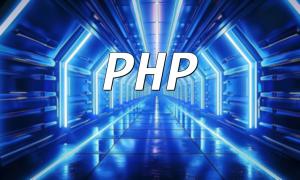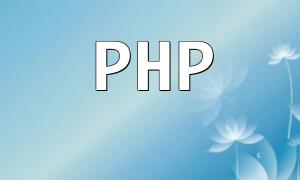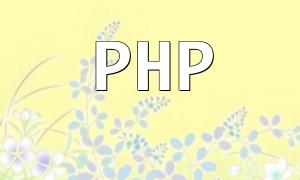WordPress offers an admin bar, a helpful tool that provides quick navigation and management options. It is typically located at the top of the page, as defined by the WordPress theme, and includes the WordPress logo, search bar, main menu, etc. By default, the admin bar is only visible to users who are logged in and accessing the WordPress site.
In WordPress 3.3, administrators can disable the admin bar in a few different ways:
WordPress 3.3 provides a simple setting option that allows administrators to completely disable the admin bar. To disable the admin bar, follow these steps:
This method will completely disable the admin bar for all users.
In addition to using the settings to disable the admin bar, administrators can also use PHP code. This method is especially useful if you only want to disable the admin bar for certain users or sites.
To disable the admin bar using code, follow these steps:
This code will hide the admin bar on the front-end of the site, but administrators will still be able to view the admin bar in the WordPress dashboard.
Although the admin bar is a convenient tool for WordPress administrators, there are certain situations where disabling it might make sense. Here are a few reasons why you might want to disable the admin bar:
Sometimes, administrators want to customize the WordPress site to give it a more personalized look and feel. Disabling the admin bar removes the default navigation, allowing admins to create their own menu and navigation system.
The admin bar can slightly increase the loading time of a WordPress site. While the impact is minimal, disabling the admin bar can, in some cases, improve the loading speed of a WordPress site, especially for sites hosted on resource-limited servers.
Some WordPress themes or plugins might not be compatible with the admin bar, or there could be conflicts that interfere with certain actions in the admin bar. In such cases, disabling the admin bar might be a viable solution to resolve compatibility issues.
While disabling the admin bar has its benefits, there are also some potential risks and challenges associated with it:
If an administrator disables the admin bar and forgets how to log back into the WordPress dashboard, they may find it difficult to re-enable the admin bar. In such cases, administrators will need to edit the WordPress database or use FTP to access WordPress files and manually change the settings.
For most users, the admin bar is a very useful tool. Disabling the admin bar may confuse users, and administrators might need to provide alternative ways for users to access certain pages on the WordPress site.
Disabling the admin bar might require administrators to make changes to other settings or install additional plugins to provide similar navigation and management features. These changes could take some time and technical expertise.
Disabling the admin bar can be beneficial for personalization or performance improvement. However, it also comes with risks and challenges. Administrators should carefully consider whether disabling the admin bar is necessary and weigh the pros and cons before making a decision.









